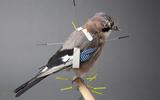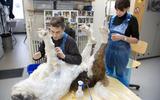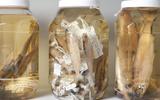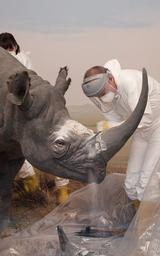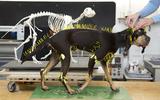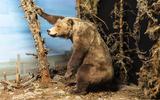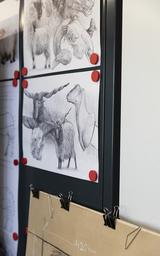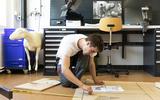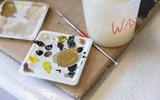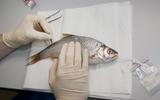Close
The needles fix the prepared feathers of the jay.
NMBE/Schaeublin
The Natural History Museum in Bern has one of the largest dog collections in the world.
NMBE/Schaeublin
The fish are kept in a vacuum vessel that prevents evaporation and chemical decomposition of the liquid.
NMBE/Schaeublin
Taxidermist Martin Troxler prepares a black rhinoceros for the exhibition.
NMBE/Schaeublin
The coat of this Bruno du Jura has been fixed with small needles so that it fits the dog's body exactly.
NMBE/Schaeublin
Taxidermist Constantin Latt prepares a stag for the exhibition.
NMBE/Schaeublin
Taxidermists use the sketches as a guide.
NMBE/Rodriguez
The work of a taxidermist also includes precise planning and sketching.
NMBE/Rodriguez
During the revision, the prepared animals should be partially painted over in as natural a way as possible.
NMBE/Rodriguez
Each animal is prepared individually.
NMBE/Schaeublin
